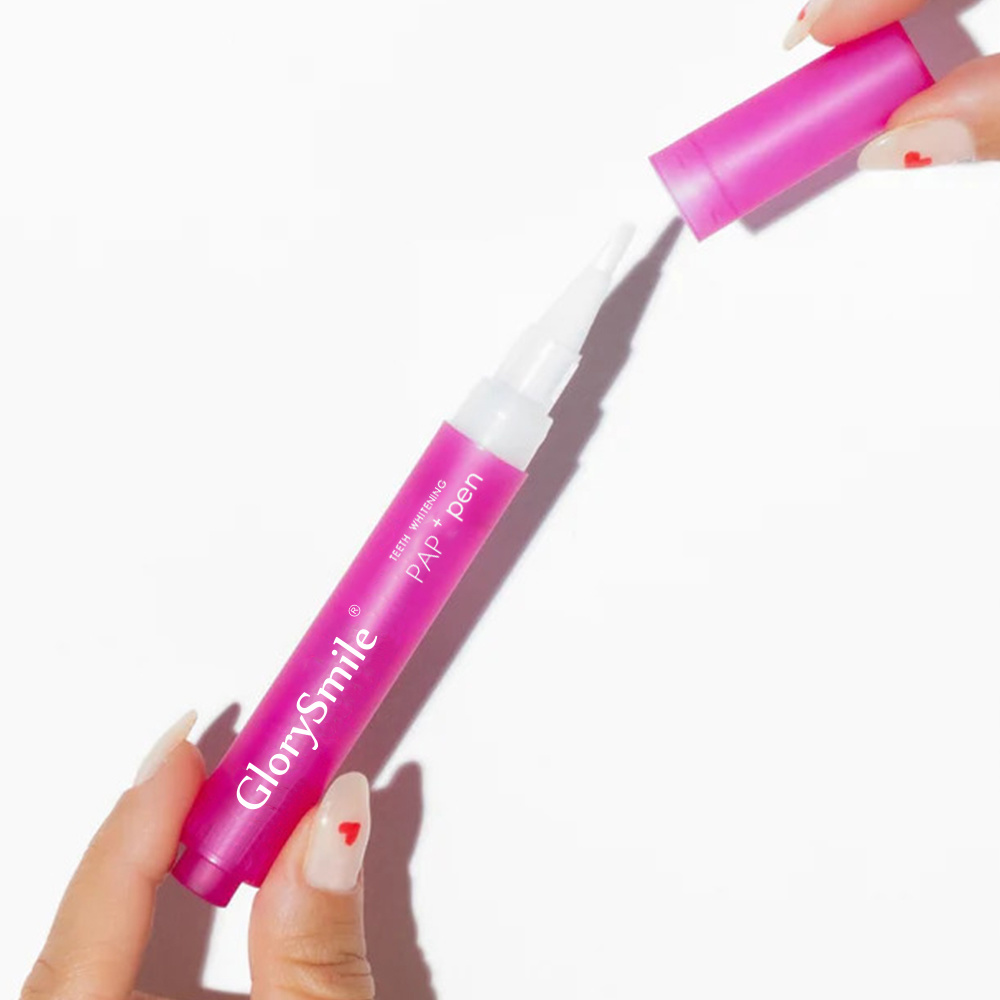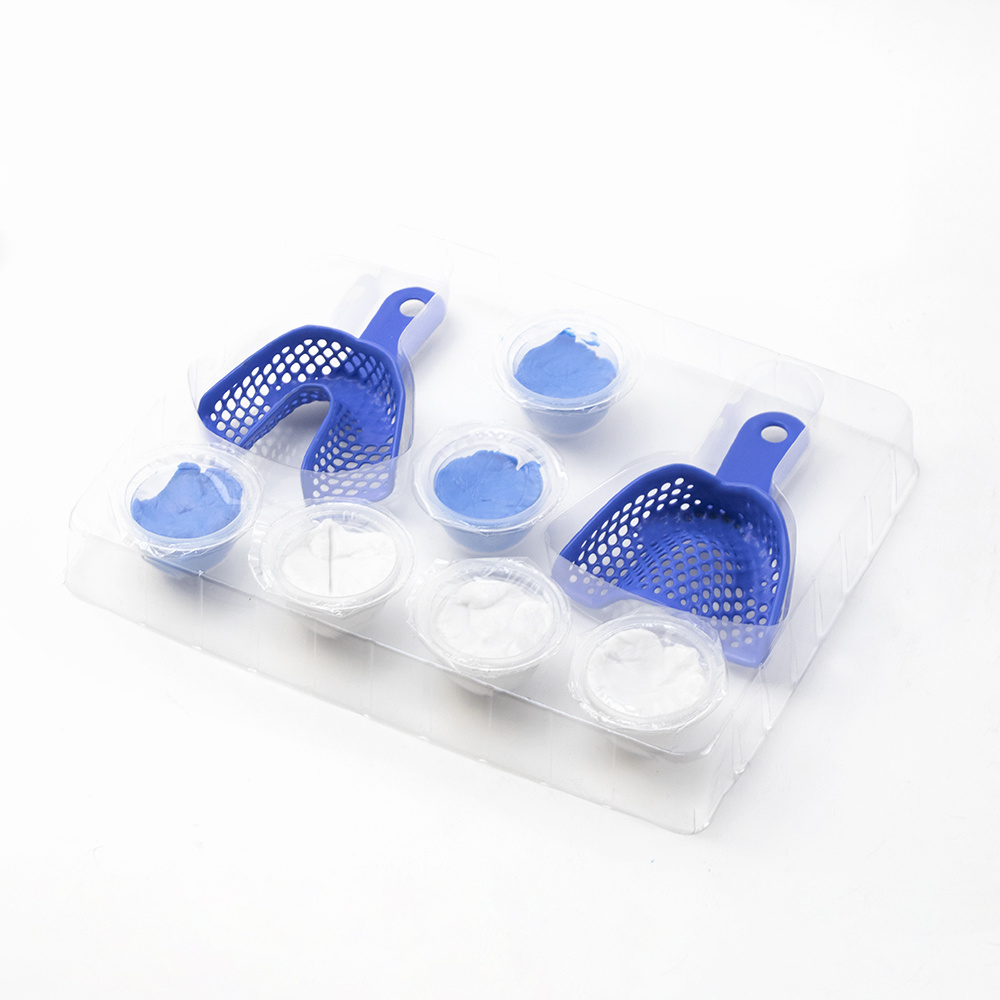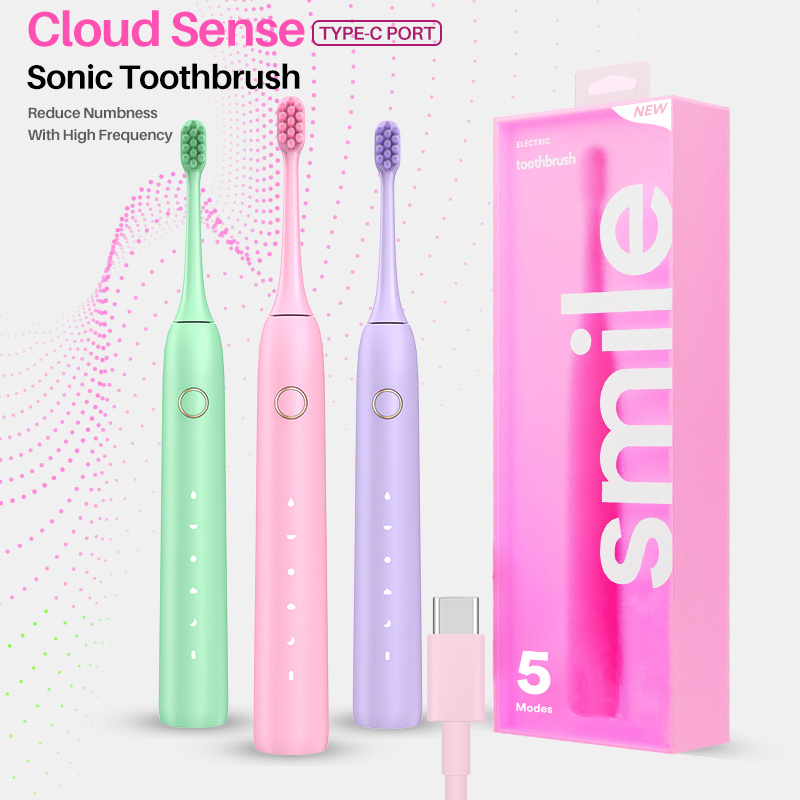15 YEARS MANUFACTURING EXPERIENCE
03
2025
-
06
Electric Toothbrush Techniques: Mastering Your Oral Care for a Brighter Smile
Electric Toothbrush Techniques: Mastering Your Oral Care Table of Contents Understanding Electric Toothbrushes: The Basics Explained The Benefits of Using Electric Toothbrushes for Oral Hygiene Choosing the Right Electric Toothbrush for Your Needs Mastering Your Technique: Effective Electric Toothbrushing Tips Common Mistakes to Avoid When Using an Electric Toothbrush Inco
Electric Toothbrush Techniques: Mastering Your Oral Care
Table of Contents
- Understanding Electric Toothbrushes: The Basics Explained
- The Benefits of Using Electric Toothbrushes for Oral Hygiene
- Choosing the Right Electric Toothbrush for Your Needs
- Mastering Your Technique: Effective Electric Toothbrushing Tips
- Common Mistakes to Avoid When Using an Electric Toothbrush
- Incorporating Flossing and Mouthwash into Your Routine
- Maintaining Your Electric Toothbrush for Longevity
- Frequently Asked Questions About Electric Toothbrush Techniques
- Conclusion: Achieving Optimal Oral Health
Understanding Electric Toothbrushes: The Basics Explained
Electric toothbrushes have revolutionized oral care, providing a superior cleaning experience compared to traditional manual brushes. These devices operate on batteries or electricity, utilizing rapid bristle movements to effectively remove plaque and debris from teeth. The two main types of electric toothbrushes include rotating-oscillating and sonic toothbrushes.
The Anatomy of Electric Toothbrushes
Electric toothbrushes comprise several key components, including the brush head, handle, and power source. The brush head features soft bristles designed to minimize gum irritation while maximizing plaque removal. The handle houses the motor, controls, and often includes features like timers and pressure sensors to enhance the brushing experience.
The Benefits of Using Electric Toothbrushes for Oral Hygiene
Integrating an electric toothbrush into your oral care routine can yield numerous benefits. Some of the most significant advantages include:
- Enhanced Plaque Removal: Electric toothbrushes can reduce plaque by significantly more than manual brushing, leading to healthier gums and teeth.
- Built-in Timers: Many electric toothbrushes come with built-in timers to ensure that you brush for the recommended two minutes.
- Pressure Sensors: These sensors alert users when excessive pressure is applied, preventing gum damage.
- Ease of Use: Electric toothbrushes require less effort, making them ideal for individuals with limited dexterity or mobility issues.
Choosing the Right Electric Toothbrush for Your Needs
With a plethora of options available, selecting the right electric toothbrush can be overwhelming. Here are some factors to consider:
Brush Head Types
Different brush head shapes and bristle types cater to various dental needs. Choose a compact head for hard-to-reach areas, or opt for a wider head for better coverage. Additionally, consider soft bristles to avoid gum irritation.
Features and Technology
Advanced features such as smart technology can enhance your brushing experience. Look for options with connectivity features that track your brushing habits, providing personalized feedback.
Battery Life
Electric toothbrushes vary in battery life. If you travel frequently, select a model with a long-lasting battery or a quick-charge feature for convenience.
Price Considerations
Electric toothbrushes range in price from budget-friendly options to premium models. Weigh the features against your budget to find a toothbrush that meets your needs without overspending.
Mastering Your Technique: Effective Electric Toothbrushing Tips
To maximize the benefits of your electric toothbrush, it’s essential to adopt the right brushing technique:
Proper Brushing Angle
Position the bristles at a 45-degree angle to the gum line. This angle allows for optimal plaque removal along the gum margins.
Gentle Pressure
Let the electric toothbrush do the work. Apply gentle pressure and allow the bristles to glide over your teeth instead of pressing down hard.
Divide and Conquer
Divide your mouth into quadrants, spending about 30 seconds on each section. This method ensures you thoroughly clean all areas of your mouth.
Brush for the Recommended Duration
Brush for at least two minutes, ensuring you cover all surfaces of your teeth: front, back, and chewing surfaces. Use the built-in timer to track your progress.
Common Mistakes to Avoid When Using an Electric Toothbrush
Even with the best intentions, it’s easy to make mistakes that diminish the effectiveness of your electric toothbrush:
Neglecting Regular Replacement of Brush Heads
Brush heads should be replaced every three months to maintain optimal cleaning effectiveness. Worn bristles lose their ability to clean effectively.
Using Incorrect Brushing Technique
Brushing too hard or not at the right angle can lead to gum damage and ineffective cleaning. Follow the recommended techniques for best results.
Skipping Other Oral Hygiene Practices
While electric toothbrushes provide excellent cleaning, they should be used in conjunction with flossing and mouthwash for comprehensive oral care.
Incorporating Flossing and Mouthwash into Your Routine
For optimal oral health, pair your electric toothbrush with flossing and mouthwash:
The Importance of Flossing
Flossing removes plaque and food particles from areas that toothbrushes cannot reach, such as between teeth. Aim to floss at least once daily.
Choosing the Right Mouthwash
Select a mouthwash that targets your specific needs, whether it’s for strengthening enamel, reducing plaque, or freshening breath. Use mouthwash after brushing and flossing for maximum effectiveness.
Maintaining Your Electric Toothbrush for Longevity
To extend the lifespan of your electric toothbrush, proper maintenance is crucial:
Cleaning the Brush Head
Rinse the brush head under warm water after each use to remove toothpaste and debris. Periodically, soak the brush head in a mixture of water and mouthwash to disinfect.
Storing Your Electric Toothbrush
Store your toothbrush in an upright position to allow it to air dry. Avoid covering the brush head, as this can promote bacterial growth.
Regularly Check for Wear and Tear
Inspect the handle and brush head for any signs of wear or damage. If your toothbrush is malfunctioning or the bristles are frayed, it’s time for a replacement.
Frequently Asked Questions About Electric Toothbrush Techniques
1. How often should I replace my electric toothbrush head?
Brush heads should be replaced every three months, or sooner if the bristles appear frayed.
2. Are electric toothbrushes better than manual toothbrushes?
Yes, electric toothbrushes typically provide superior plaque removal and ease of use, making them an excellent choice for effective oral hygiene.
3. Can I use an electric toothbrush if I have braces?
Absolutely! Electric toothbrushes can help clean around braces more effectively than manual brushing when used correctly.
4. How long does the battery last on an electric toothbrush?
Battery life varies by model. Some can last up to two weeks on a single charge, while others may require more frequent charging.
5. Is it necessary to use toothpaste with an electric toothbrush?
Yes, using toothpaste enhances the cleaning power of your electric toothbrush and provides additional benefits like fluoride protection.
Conclusion: Achieving Optimal Oral Health
Mastering your oral care routine with an electric toothbrush can lead to a healthier mouth and a brighter smile. By understanding the features of electric toothbrushes, employing proper techniques, and integrating complementary oral hygiene practices, you can significantly enhance your dental health. Remember to choose the right toothbrush for your needs, maintain it properly, and stay committed to a routine that includes brushing, flossing, and rinsing. Your journey to excellent oral health starts today!
Related news
undefined
COMPANY
About Us
OEM Service
After-Sale: info@glorysmile.com
QUICK CONTACT
Makou Industrial Park, Yongxiu County, Jiujiang City, Jiangxi Province, China, 332000
+86 18279124913
Copyright © 2022 DENT(HK)LIMITED LTD SEO


 Language
Language










 +8618279124913
+8618279124913 helen.xiao@enjoywhite.com
helen.xiao@enjoywhite.com Message
Message 